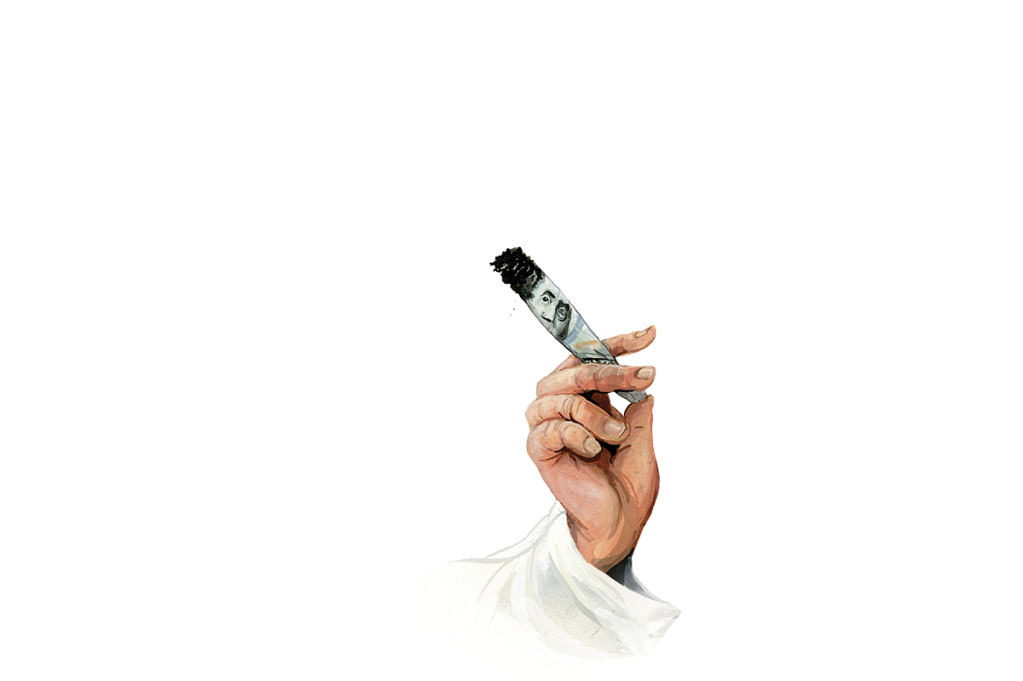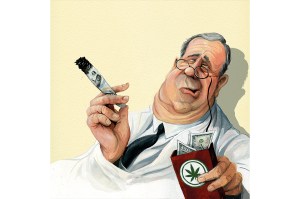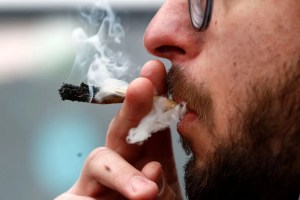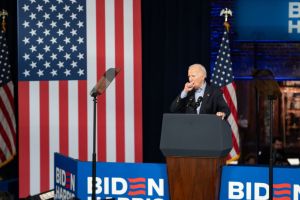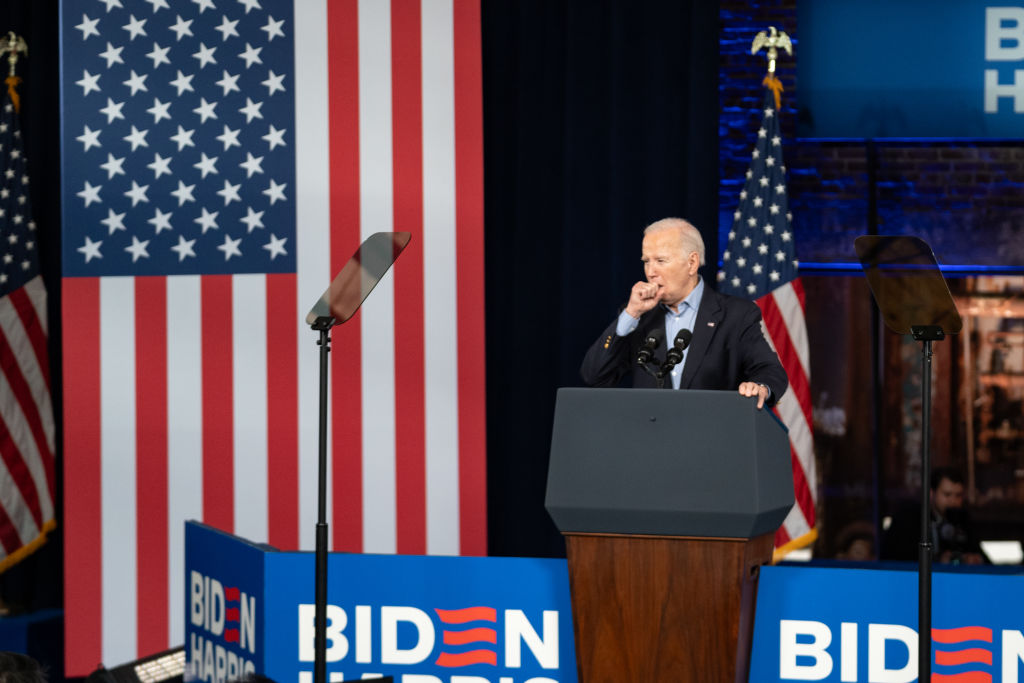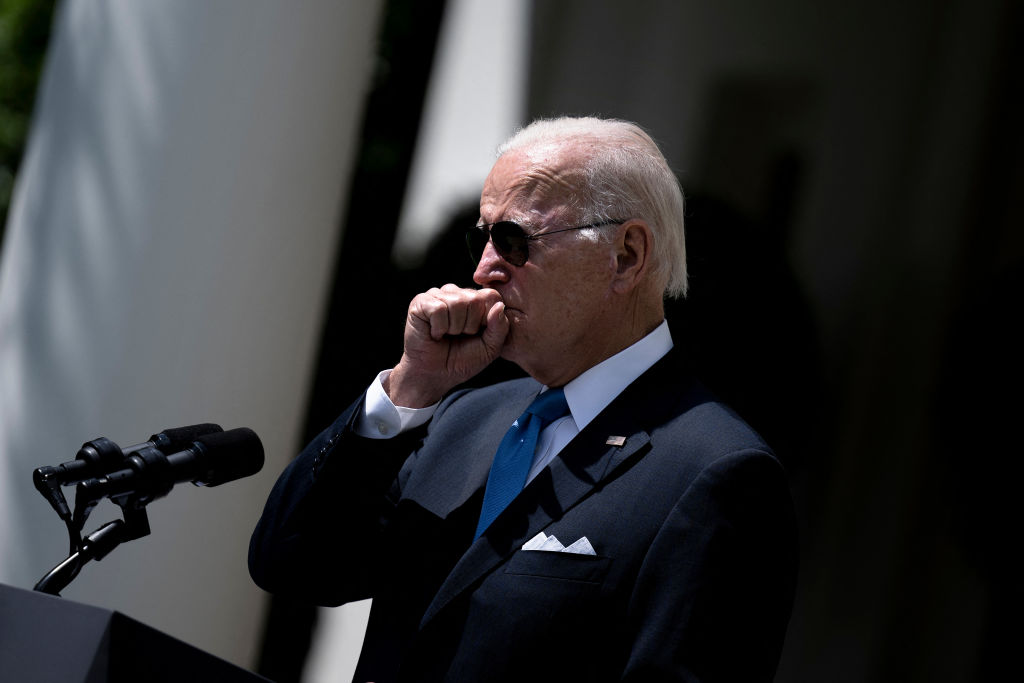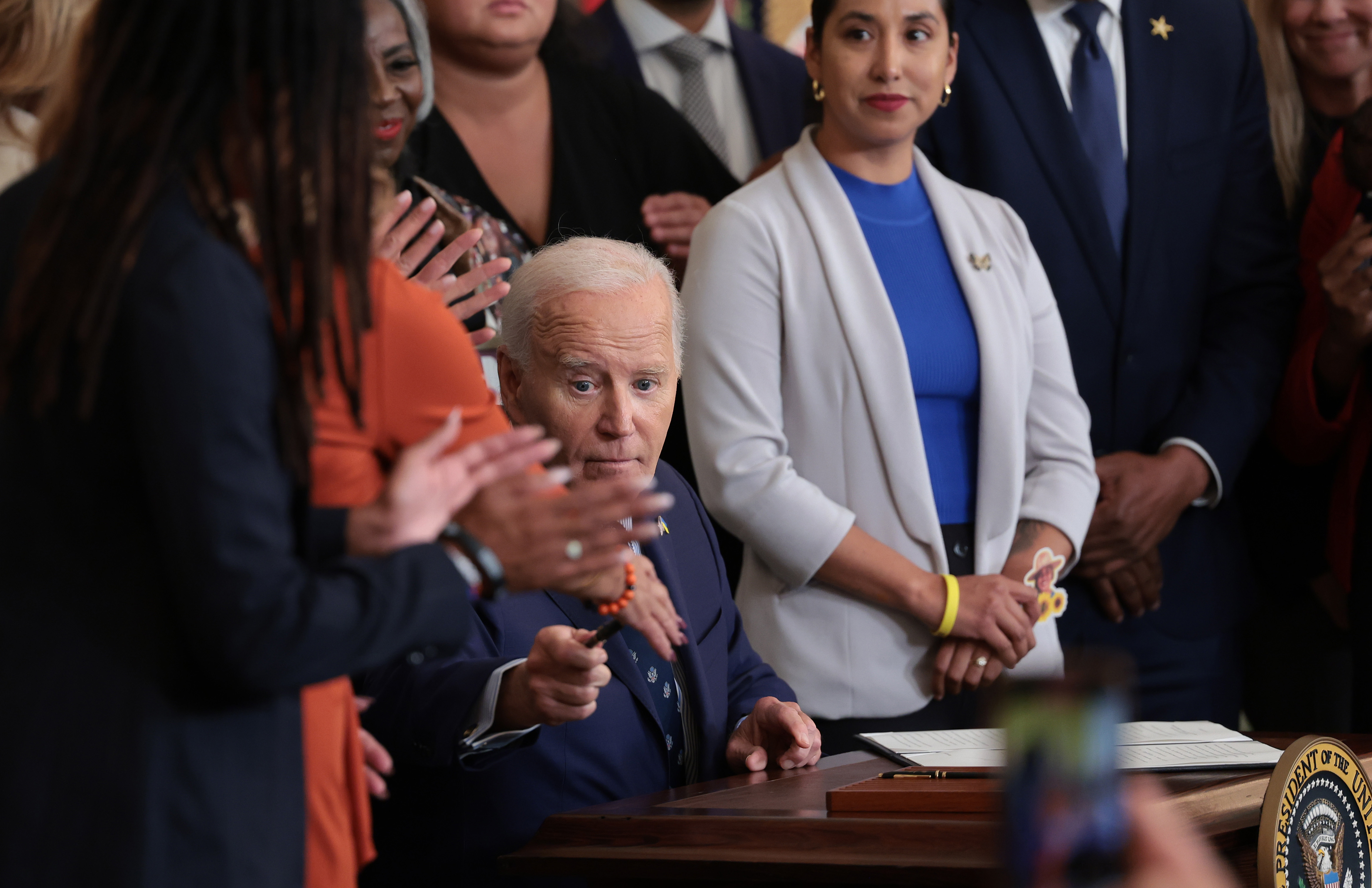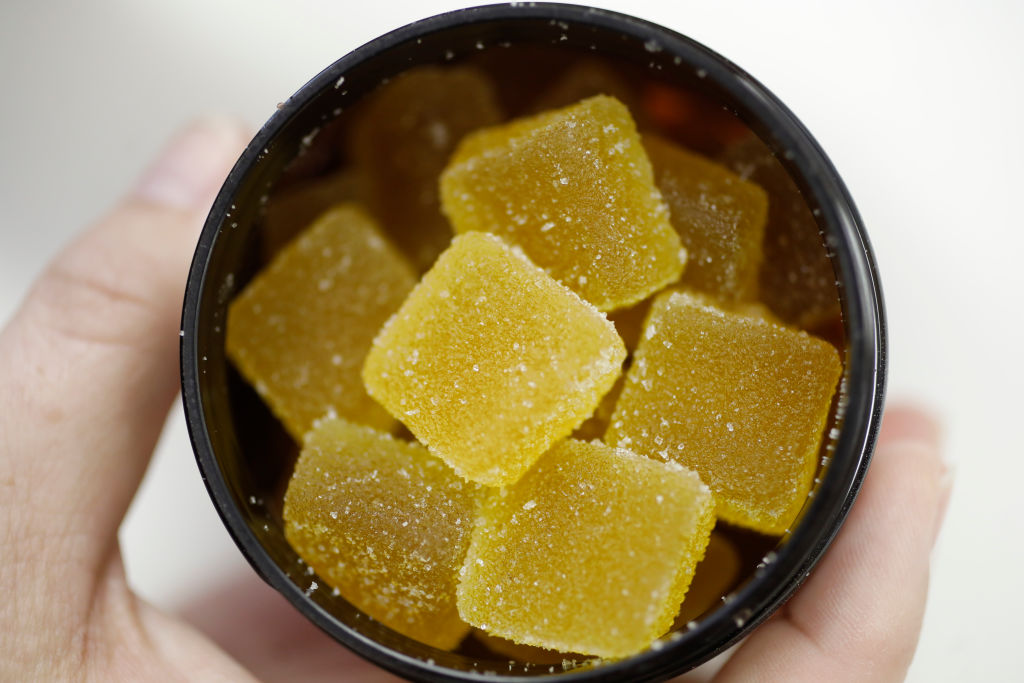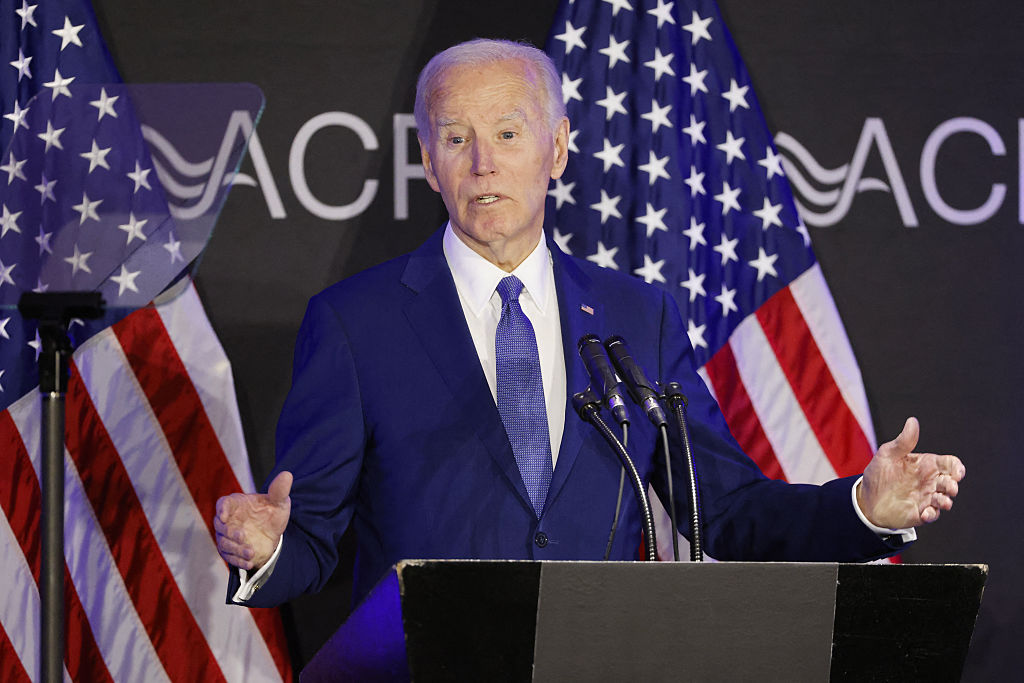In rural upstate New York, where I grew up, pot-smoking was disproportionately a sport of farmers’ kids. That’s because inequitable ownership of land meant that some people could grow weed more discreetly than others. Among those with acres to till, private oases of marijuana were easily created by their offspring out of sight — especially, I recall, in between tall rows of feed corn. And with easier access to the drug, the sons and daughters of farmers also seemed to smoke more of it than the kids who were forced to rely on retail.
This brings us to a paradox that, while not exactly one of Zeno’s, amounted to my earliest intuition of a chicken-and-egg problem. Overall, those same kids were concentrated on the bottom of the academic ladder — as witnessed on a daily basis at our large centralized public high school and as joshed about by the students themselves. This consistent conjunction led my adolescent mind to wonder: were the farm kids bad at school because they smoked pot? Or did they smoke pot as a consolation, because they were bad at school?
This is not to knock the progeny of family farms — far from it. Their low academic profiles were also shaped by other exigencies, like waking up at 4 a.m. to milk the cows, and forgoing homework to get livestock herded and fed. Moreover, their daily regimen — hard physical work, and plenty of it, including in chronically adverse weather conditions — made them paragons of discipline when measured against the rest of us. Even so, the chicken-and-egg question of pot and its effects remains a question mark in my mind, especially as so many American states scuttle like lemmings to decriminalize and legalize the stuff. New Jersey just became the 14th to OK possession for adults 21 and over. In 37 states, as well as the District of Columbia, marijuana is legal for medical use, and in 15 (with DC and Virginia waiting in the wings) recreational use.
Others can cite the libraries of evidence being ignored in this political push, from brain science to the persistent association of dope-smoking and violent crime. Let’s ask an obvious question here: has there ever been a worse moment to decriminalize and legalize weed?
For over two decades, a buzzkill might note, the deadliest avoidable catastrophe in the history of American public health has been the opioid crisis. Kicked into high gear by pharmaceutical companies now paying in the billions for their mendacity, this calamity became a heroin crisis as prescriptions for opioids dried up. Between these hellish developments, over 400,000 Americans have succumbed to overdoses — a number, note, that is eerily close to the tally of pandemic deaths now being mourned daily. All that is to say nothing of the rest of the morphine molecule’s toll: addicts who are now chronically walking wounded; incalculable emotional ravages; the tragic strain on foster care due to kids robbed of parents by death or rehab, or both.
Did the loss of all those souls to mind-altering drugs make anyone in authority think twice about flooding the zone with some new ones? Quite the opposite. A few doctors have even been found to advance the view that legalizing marijuana will help with the opioid crisis — because, they theorize, users will switch to pot rather than to heroin. As anyone who has ever known an addict will understand, that’s like saying tobacco smokers would prefer lollipops to vaping. Preposterous though they may be, such ‘anything goes’ cases for legalization do prove one thing: the industries that stand to benefit financially from legal grass are prodigious and growing more so. They include the state governments now suborning public health to make tax bucks from legal weed.
If the opioid crisis weren’t sufficient in itself to induce skepticism, yet another flashing yellow light should have. For a year, the entire planet has been living under the stresses of a global pandemic. As a result, to the surprise of no one who can spell ‘self medicate’, America is awash in booze. Straight out of the COVID gate, for example, in the week ending March 21, 2020, national sales of alcohol were up 54 percent year-on-year, and online sales had risen 262 percent. Drizly, the online alcohol market place, has seen business grow during the pandemic by a whopping factor of 3.5. Meanwhile, other drug overdoses, after retreating a bit from the worst of the opioid-and-heroin assault, are soaring — not to be outdone, as studies of urine samples have shown, methamphetamine, fentanyl and cocaine use are also hitting new highs, thanks once more to COVID-19.
As with other bad ideas now in wider circulation, the notion that the decriminalization of pot is a burning issue has been boosted by the Biden presidency. Here as elsewhere, a leader lacking in gravitas has been pulled sharply left by the tide. Once opposed to legalization, Biden announced last year to Politico that he no longer considers it a ‘gateway drug’, adding, ‘I think it is at the point where it has to be, basically, legalized.’ Thus, for example, his administration recently announced that recreational use of marijuana would no longer be a potential impediment to political appointment. Willy-nilly, Biden could turn out to be the most cannabis-friendly president in history.
It is true, as libertarian wags inevitably point out, that humanity has always loved dope of all kinds. But Americans today seem to love ours more. As druggies, we’ve moved from singletons and couples to ‘throuples’ and polyamory; we find ever more creative ways of rationalizing our illicit flames. This raises one more paradox that all those new joints in circulation will help to blur: are western communities and families shrunken and broken as never before because of our embrace of so many drugs — or have we embraced so many drugs because our communities and families are shrunken and broken as never before?
Like the farm-kids paradox, this one won’t be resolved any time soon.
This article was originally published in The Spectator’s April 2021 US edition.



